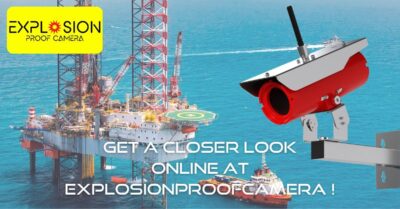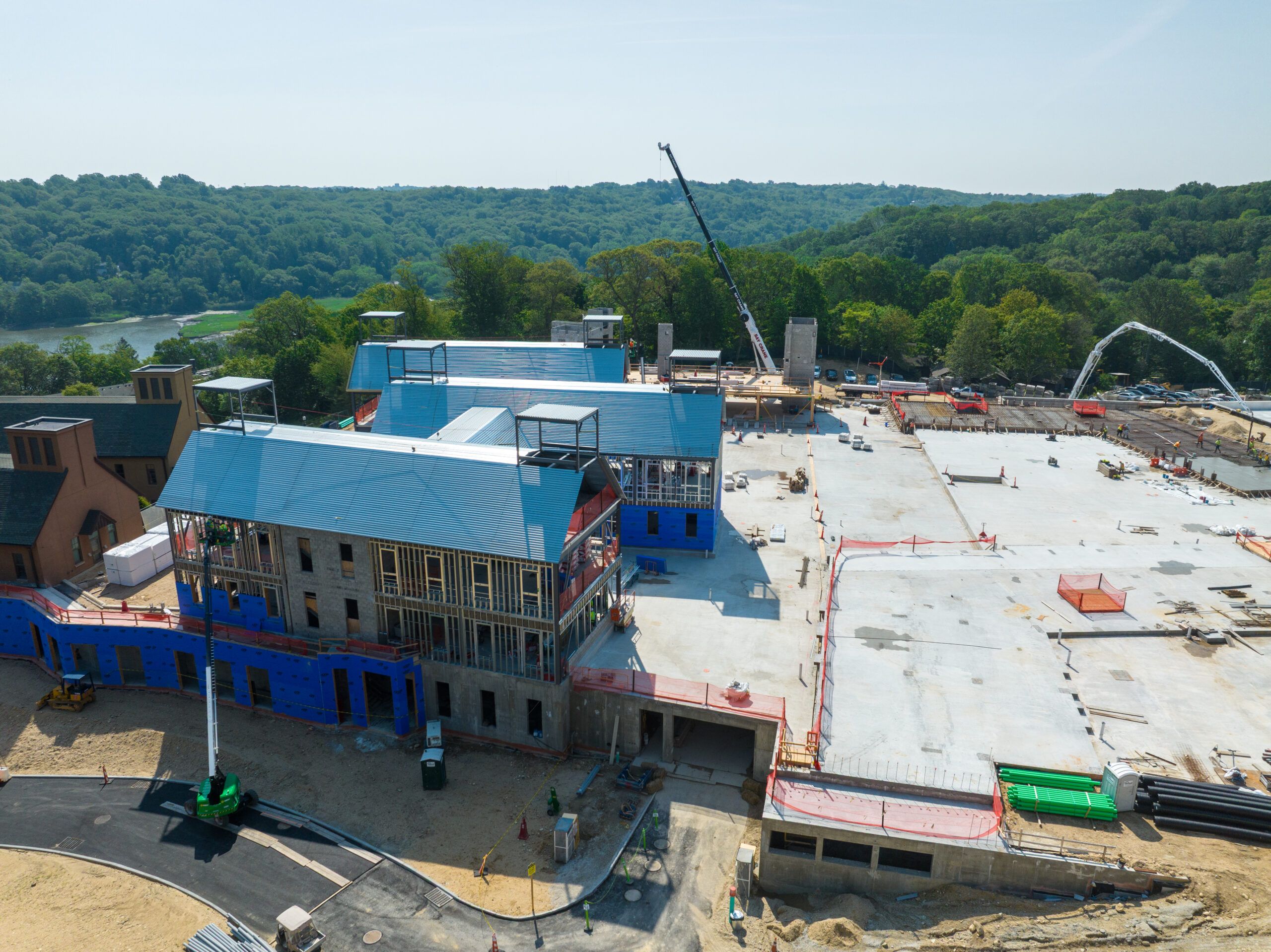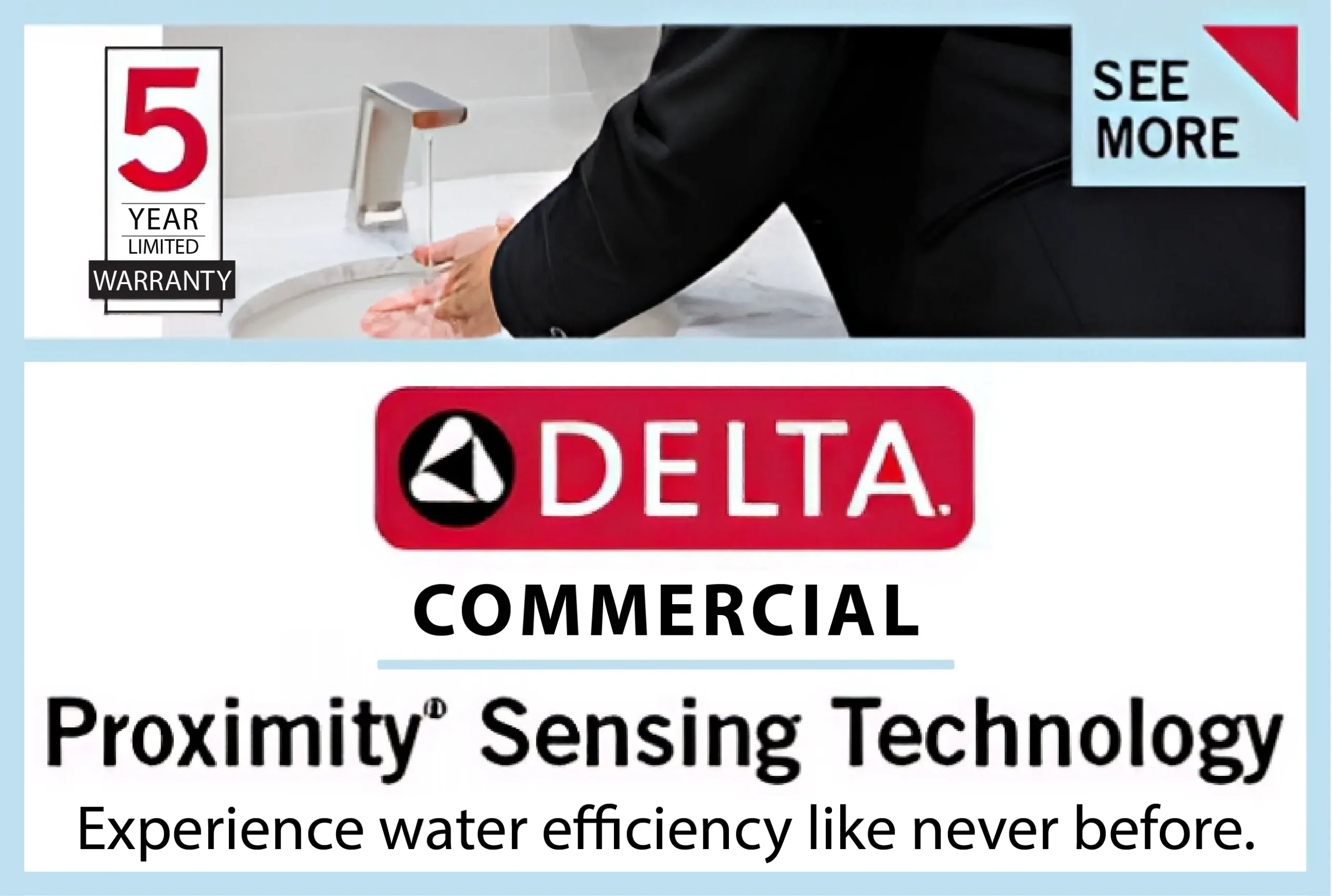Working in hazardous environments feels like walking a tightrope. One small oversight can lead to catastrophic consequences, putting lives at risk and businesses in jeopardy. For industries dealing with explosive gases, corrosive chemicals, or extreme temperatures, monitoring these environments isn’t just recommended—it’s absolutely essential.
Cameras for hazardous locations have become the unsung heroes of industrial safety, providing eyes where human presence would be dangerous or impossible. These specialized devices go far beyond basic surveillance, serving as critical tools for compliance, incident prevention, and operational efficiency. Whether you’re managing an oil refinery, chemical plant, or mining operation, understanding the role of these cameras can make the difference between a safe workday and a front-page tragedy.
Let’s explore how these robust monitoring systems are revolutionizing safety protocols and helping companies meet increasingly stringent regulatory requirements.
Understanding Hazardous Location Classifications
Before diving into camera applications, it’s crucial to understand what makes a location “hazardous.” Industrial environments are classified based on the presence of flammable gases, vapors, dust, or fibers that could ignite under certain conditions.
These classifications determine the type of equipment that can safely operate in each environment. Standard cameras simply won’t cut it in these settings—they lack the specialized housing and certifications required to prevent sparks or heat buildup that could trigger an explosion.
The stakes couldn’t be higher. When equipment fails in these environments, the consequences extend far beyond property damage. Lives hang in the balance, and the regulatory aftermath can shut down operations for months.
Essential Safety Monitoring Applications
Cameras for hazardous locations serve multiple critical safety functions that human monitoring simply cannot match. Their ability to provide continuous, real-time surveillance makes them indispensable for modern industrial operations.
Leak Detection and Early Warning Systems
Visual leak detection represents one of the most valuable applications for hazardous location cameras. These systems can spot vapor clouds, liquid spills, or gas releases before they reach dangerous concentrations. Early detection gives operators precious time to initiate emergency protocols and evacuate personnel if necessary.
Fire and Explosion Prevention
Monitoring for sparks, hot spots, or unusual heat signatures helps prevent fires before they start. Thermal imaging capabilities allow cameras to detect temperature anomalies that might indicate equipment malfunction or potential ignition sources.
Personnel Safety Monitoring
Keeping track of worker locations and ensuring they follow safety protocols becomes much easier with strategically placed cameras. If an emergency occurs, security teams can quickly account for all personnel and coordinate rescue efforts.
Meeting Regulatory Compliance Requirements
Regulatory bodies don’t mess around when it comes to hazardous location safety. The consequences of non-compliance can include hefty fines, operational shutdowns, and criminal liability for safety violations.
Modern compliance requirements often mandate continuous monitoring and documentation of safety conditions. Cameras for hazardous locations provide the visual evidence needed to demonstrate adherence to safety protocols and regulatory standards.
Key compliance benefits include:
- Automated incident documentation that creates timestamped records of any safety events
- Real-time monitoring that ensures immediate response to dangerous conditions
- Audit trail creation that provides inspectors with clear evidence of safety practices
- Training documentation that shows proper procedures are being followed
The beauty of these systems lies in their ability to provide objective, unbiased documentation. When an inspector asks for proof of compliance, video footage speaks louder than any written report.
Operational Efficiency and Cost Savings
While safety remains the primary driver, cameras for hazardous locations also deliver significant operational benefits that impact the bottom line.
Remote monitoring capabilities mean fewer personnel need to enter dangerous areas for routine inspections. This reduces exposure risks while allowing skilled technicians to focus on more critical tasks. The time savings alone can justify the investment in many cases.
Predictive Maintenance Advantages
Visual monitoring helps identify equipment wear, corrosion, or mechanical issues before they lead to failures. Catching problems early prevents costly emergency repairs and unplanned downtime.
Quality Control Applications
Many hazardous location cameras can monitor production processes, ensuring products meet specifications without requiring human inspection in dangerous areas. This maintains quality standards while protecting worker safety.
Choosing the Right Camera Technology
Not all hazardous location cameras are created equal. The specific environmental challenges determine which features and certifications are necessary for safe, effective operation.
Temperature extremes require cameras with appropriate operating ranges and thermal management systems. Corrosive atmospheres demand specialized housings and sealing systems. Explosive environments need equipment certified for the specific hazard class present.
Integration capabilities matter too. Modern cameras should connect seamlessly with existing safety systems, alarm networks, and monitoring platforms. Standalone systems that don’t communicate with other safety equipment miss opportunities for coordinated emergency response.
Future-Proofing Your Safety Investment
Technology evolves rapidly, and safety monitoring systems need to adapt to changing requirements and capabilities. Look for camera systems that offer upgrade paths and compatibility with emerging technologies.
Artificial intelligence and machine learning integration are becoming increasingly important for automated threat detection and pattern recognition. Systems that can learn normal operating conditions and alert operators to anomalies provide even greater safety value.
Building a Comprehensive Safety Strategy
Cameras for hazardous locations work best as part of a comprehensive safety strategy, not as standalone solutions. Integration with gas detection systems, emergency shutdown procedures, and communication networks creates a layered defense against industrial accidents.
Regular maintenance and testing ensure these critical systems remain operational when needed most. Like smoke detectors in your home, hazardous location cameras are only valuable if they’re working properly when an emergency strikes.
The investment in proper hazardous location monitoring pays dividends in reduced insurance costs, regulatory compliance, and most importantly, the peace of mind that comes from knowing your people and facilities are protected. After all, no production target or profit margin is worth risking human lives.












